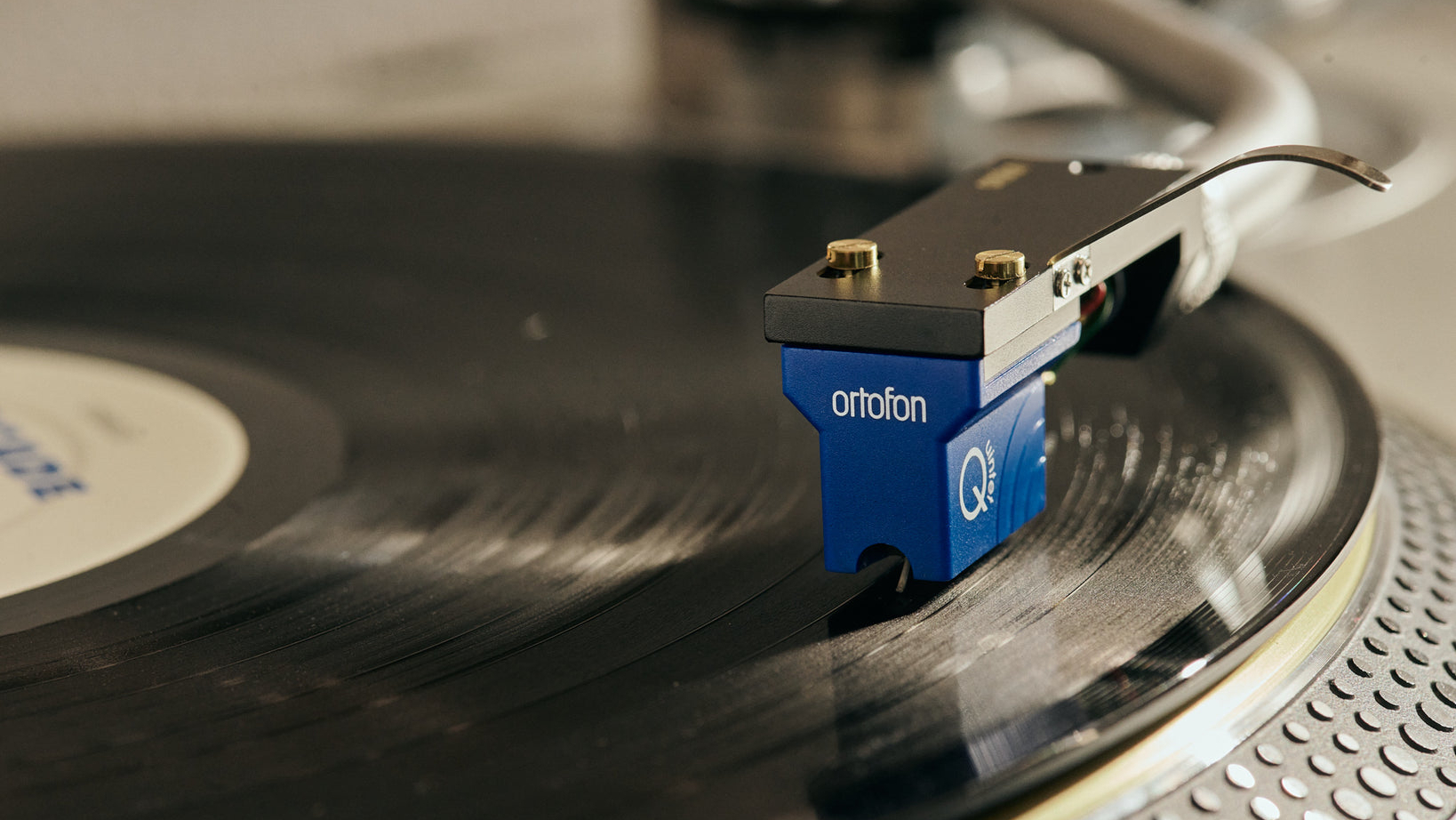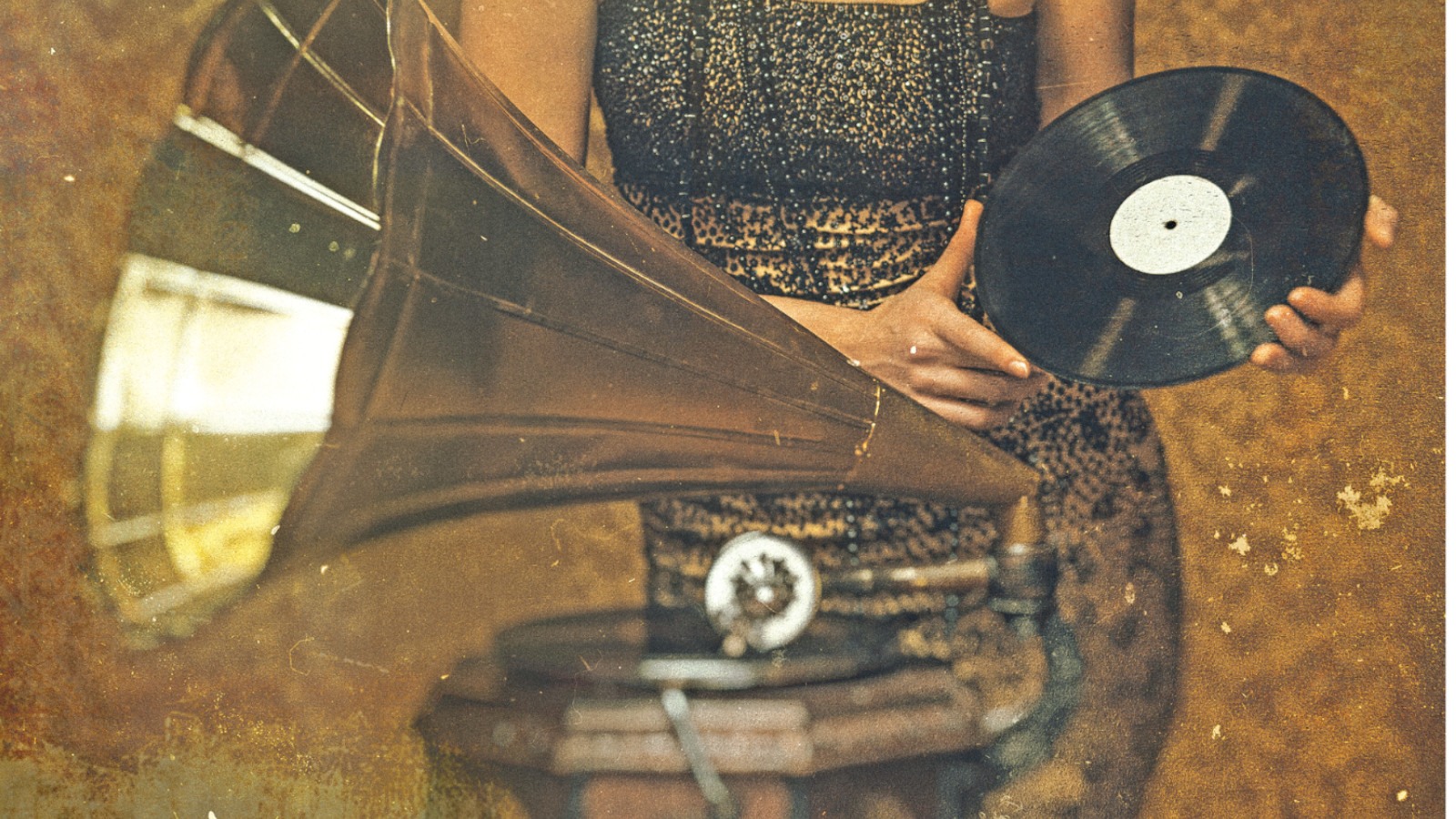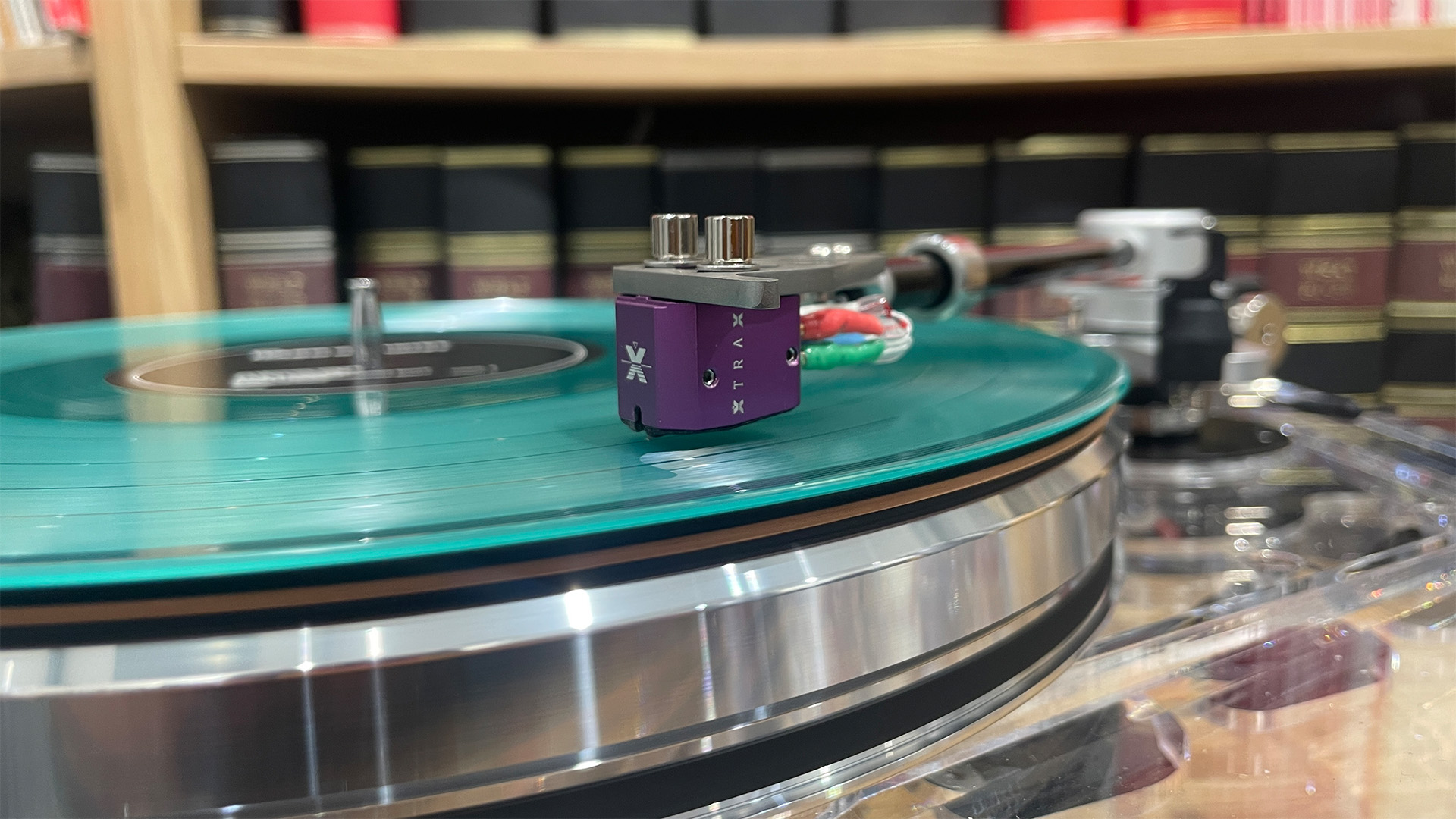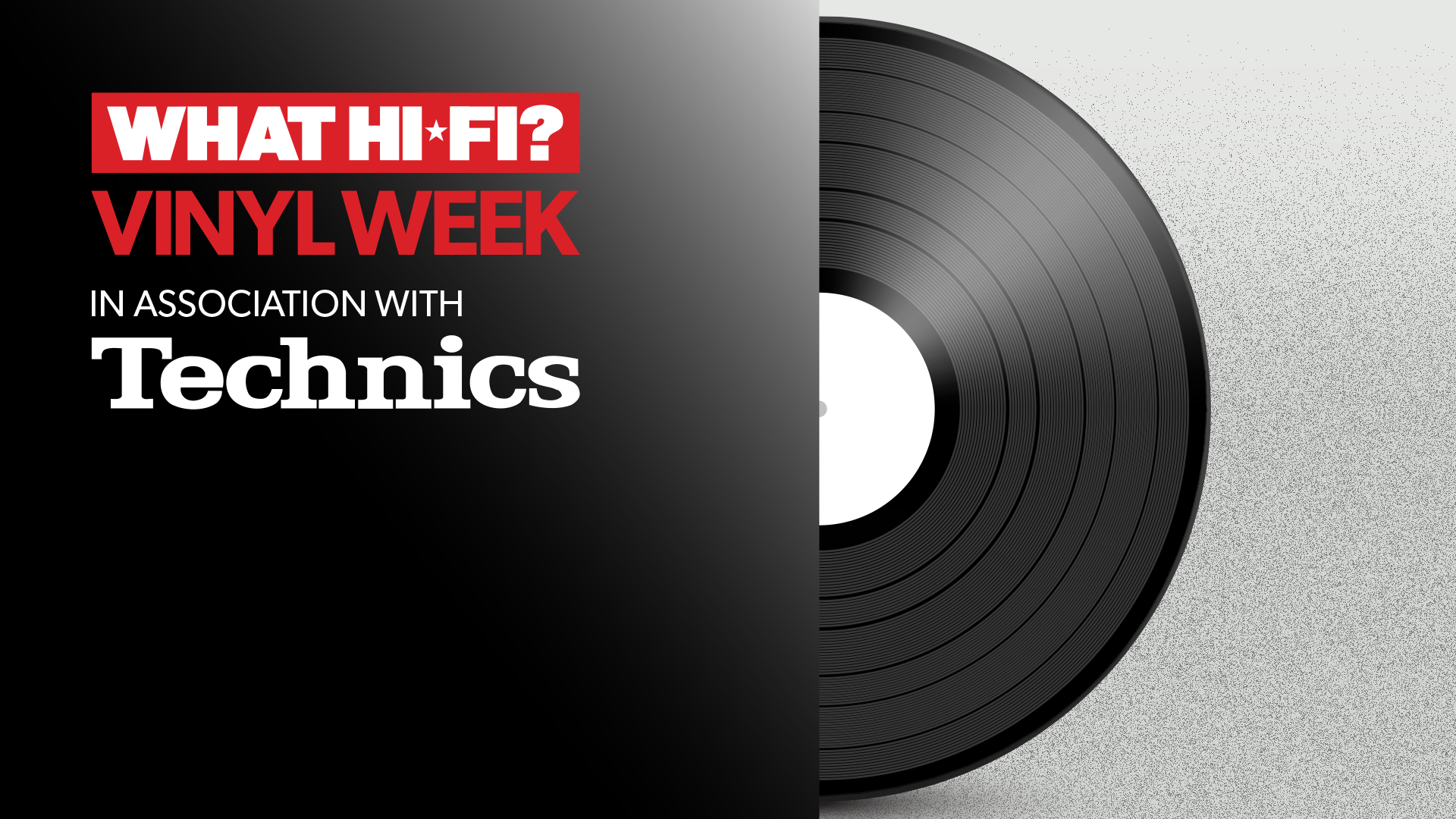
The vinyl record has been around in its current format since Columbia Records launched the first 12-inch LP in 1948 (although the basic idea is much older, as we shall see). I have been buying music on the once ubiquitous and already well-established vinyl format since the tender age of six, when I bought The Smurfs' Christmas In Smurfland (don't tell my colleagues, I told them my second record, We Are The Champions, was my first).
And as with many established inventions, today music coming from a tiny groove on a flat disc via a needle and out through your speakers is a bit like the accepted existence of magic in a fantasy world, or flying superheroes in the MCU. As Steve Jobs famously said – unhelpfully to those wanting to know how – 'it just works'.
But now, with the revival of this venerable format in full swing, it's got us wondering just how music ever got into the tiny grooves of records in the first place, particularly as that happened well over a hundred years before micro-technology became commonplace.
So here, briefly, we're going to try and explain the kind of magic required to get sound onto a foot-wide plastic platter.
Good vibrations

It begins with sound. Sound is made by objects, instruments, larynxes and so forth vibrating the air around them, and we hear those vibrations as sounds. In 1857, French inventor Edouard-Leon Scott came up with a device to help people get a better understanding of how sound works, that he called the Phonautograph, where a vibrating pen would graphically draw those sound vibrations onto small paper discs.
Thomas Edison took this idea and ran with it, and in 1878 created a way to actually hear those sounds. Edison's invention used a stylus to cut grooves into tinfoil to record and replay sound. The tin foil was wrapped around a cylinder that was rotated by hand – someone would speak – as loudly as possible – into the mouthpiece (a big horn, essentially) of a device that contained a diaphragm and a needle.
The diaphragm would vibrate the needle, which would then make a mark onto the tin foil. When the cylinder was rewound to the beginning, the needle could then follow those marks which would replay the sound out through a horn. This was the Phonograph.
Later, the idea was refined by Emile Berliner to use flat, more easily stored and transported discs, and in 1887 Berliner patented the 'Gramophone', essentially the first record player. This had to be operated by hand, and played seven-inch discs made of rubber. Later, shellac was used (which is why 78s are quite brittle) but by the time of that first 33 ⅓ record, these discs were being made from PVC, aka polyvinyl chloride, as they are today.
Early recording
Initially (before musicians recorded to tape or digital recording formats), recording was done live into a special recording machine based on the Phonograph that similarly etched the vibrations into something that could be played back.
Until the mid-1920s and the refinement of the electric microphone, the music was picked up by a horn, similarly to the way the Phonautograph worked – which resulted in early jazz recordings needing to change up the instrumentation they might have used live because some frequencies would dominate (drummers for example would have to sit at the back and just hit a wood block or something).
The invention of the electric microphone massively expanded the frequency range from 250Hz-2000Hz to 50Hz-6000Hz, enabling the device to pick up a wider, more balanced spread of sounds.
In 2017, Jack White and other musicians including Elton John, Nas, Willie Nelson and Beck took part in a documentary called The American Epic Sessions, in which they replicated the recording process with the very first (and thought lost) electrical sound system from 1925.
This comprised a single microphone, six foot amplifier rack and a live record-cutting lathe powered by clockwork gears that used pulleys and a weight to drive them; it would take three minutes for the weight to hit the floor and the recording was finished – which no doubt explains pop songs' traditional run time of three minutes or under.
Its one-take, time-limited nature meant that the musicians and engineers of the time referred to this as 'catching lightning in a bottle'. It's fascinating to watch, and hear, the results of White and co's recording.
Into the groove
While recording methods have of course moved on over the decades via tape to digital sources, pretty much ever since then, getting that music onto vinyl has followed a similar process.
Once the music has been mastered, it is cut into a master disc made from lacquer-coated aluminium or copper. The lacquer is similar to nail polish that hasn't yet fully hardened. It is placed on the recording machine, then the recording head reproduces the audio signal, creating a spiral groove in the surface of the lacquer with a diamond chisel engraving a single groove from the outside of the disc to the inside.
The cutting engineers monitor the sound levels and movement of the cutting stylus to make sure the groove gains no imperfections, which can cause distortion or excessive pops.
A record's tiny groove is around 500 metres long and 0.04-0.08mm thick, depending on the level of the signal – heavy bass creates wider grooves and can reduce the recording time.
The vibrating pattern that the stylus follows is replicated by the machine that etches it into the vinyl surface. The two sides of the groove sit at right-angles to each other, and each side of the groove carries the bumps that represent the right- and left-channel audio information – the side closest to the outside edge of the record carries the right-channel signal. This information can be stored in an area as small as a micron (one-thousandth of a millimetre), which also explains the sensitivity of record players to external vibrations.
When the needle of a record player moves along the grooves, it vibrates according to the variations in the groove (as dictated by the bumps), reproducing the original audio signal as sound. A fascinating electron microscope video of a stylus vibrating to the bumps in a record's groove can be seen here.
Once the lacquer is cut, the grooves are checked by the engineer at a microscopic level. The finished lacquer is electroplated with silver nitrate and dipped into a nickel bath, where an electric charge fuses the nickel to the silver to form the stamper, which will then be hard enough to press the grooves into each side of the PVC (a separate master disc is made for side B).
Put the needle on the record

A 12-inch LP has about 19 minutes per side (again, this can vary with the type of music and thickness of groove), which equates to 300-400 lines per-inch on average. Your record player's stylus moves back and forth and up and down creating vibrations, and this is then picked up by the cartridge magnet; the magnet’s varying field causes current to flow in the tiny coils positioned close by, creating the signal that comes out the back of the cartridge and into your amplifier or external phono stage.
A phono stage is essential to amplify what is otherwise a very quiet recording, boosting bass frequencies in particular through your speakers. Check out our thorough explanation of how a turntable plays your records.
Edison and co's first inventions remain mind-bogglingly genius, even to the point of incredible – but at least we can now rule out tiny magical folk (Smurfs?) chiselling our records by hand. But almost as incredible as the weird science involved in the creation of records the century before last is the fact that vinyl, fundamentally, hasn't changed much since. And there are many, many good reasons the format has survived, and continues to thrive, in the digital age.
A record's analogue nature gives it an organic presentation that digital alternatives still struggle to better. Add to that the tactile nature of a record (with endless coloured vinyl possibilities helping, no doubt, that incentive to own and collect LPs), its often beautiful 12-inch sleeve artwork, and it's quite possible people will still be enjoying vinyl in the 22nd century too.

MORE:
How to choose the right record player for you
How to set up your turntable and get the best sound
The best sounding vinyl records to test your system







